Trekking in Vietnam offers an immersive experience that combines physical challenges with the breathtaking beauty of the country’s diverse landscapes. In this article, we’ll delve into the best experiences when trekking in Vietnam, offering practical tips and advice to ensure your journey is both enjoyable and safe. Vietnam’s hills and mountains present a unique adventure that allows you to connect with nature, explore remote villages, and enjoy panoramic views that are nothing short of spectacular.
Benefit of trekking
Trekking is not just about reaching a destination; it’s about the journey itself. One of the most significant benefits of trekking is the opportunity to disconnect from the hustle and bustle of daily life and reconnect with nature. In Vietnam, trekking through lush forests, rugged hills, and scenic mountain trails provides a serene environment where you can unwind and recharge. The physical exercise involved in trekking also contributes to overall health and well-being, promoting cardiovascular fitness, improving muscle strength, and enhancing mental clarity.
Things you might be interested in:
Moreover, trekking allows you to experience the natural beauty of Vietnam in its purest form. The country’s diverse landscapes, from the terraced rice fields in the north to the coastal hills in the south, offer a variety of terrains that challenge and inspire. As you trek through these landscapes, you’ll encounter unique flora and fauna, stunning waterfalls, and awe-inspiring vistas that make every step worthwhile. Additionally, trekking fosters a sense of accomplishment as you conquer challenging trails and reach summits that offer unparalleled views of the surrounding countryside.
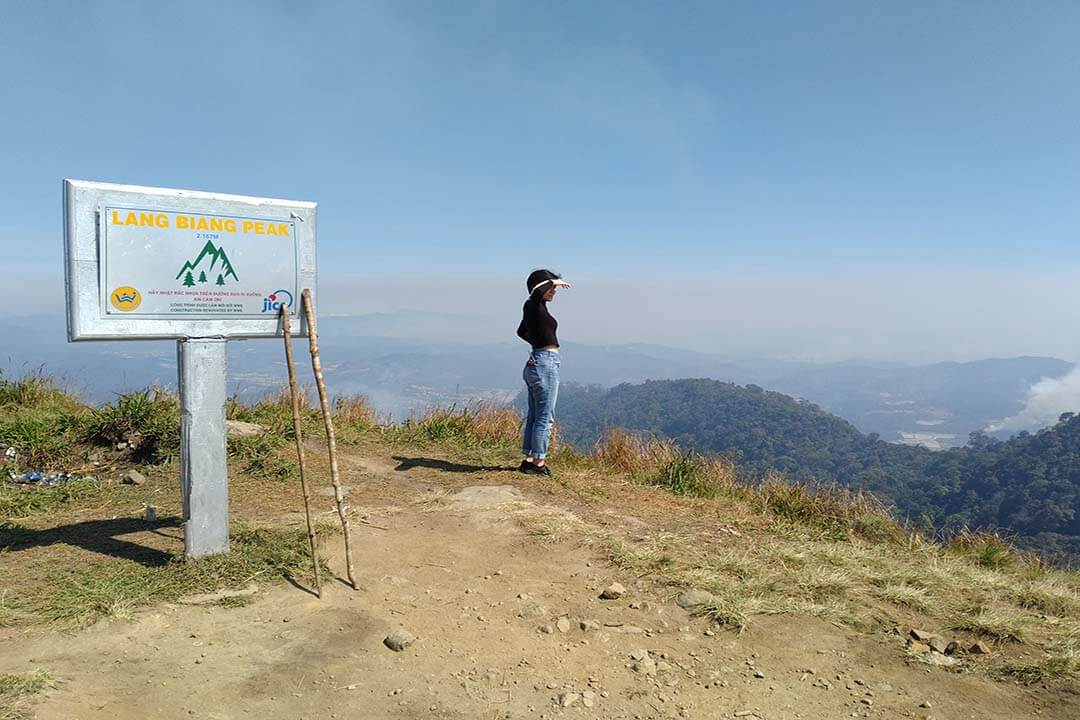
Another key benefit of trekking is the cultural immersion it offers. Many trekking routes in Vietnam pass through ethnic minority villages, where you can interact with local communities, learn about their traditions, and gain insight into their way of life. This cultural exchange adds depth to your trekking experience, making it not only a physical journey but also a journey of the mind and spirit.
Best experience when trekking hills in Vietnam
Trekking in Vietnam is an adventure that requires careful planning and preparation to ensure a safe and enjoyable experience. Below are some essential tips to help you make the most of your trekking journey in Vietnam.
Monitor the weather forecast
One of the most critical aspects of trekking in Vietnam is keeping a close eye on the weather forecast. Vietnam’s climate can be unpredictable, with sudden changes in weather conditions that can impact your trekking experience. Before setting out on your trek, make sure to check the weather forecast for the area you plan to visit. Pay attention to any warnings about heavy rainfall, strong winds, or extreme temperatures, as these conditions can make trekking dangerous.
During the rainy season, which typically lasts from May to October in the north and from June to November in the south, trails can become muddy and slippery, increasing the risk of accidents. In such cases, it may be wise to postpone your trek or choose a less challenging route. On the other hand, trekking during the dry season offers more stable weather conditions, making it easier to navigate the trails and enjoy the scenery.
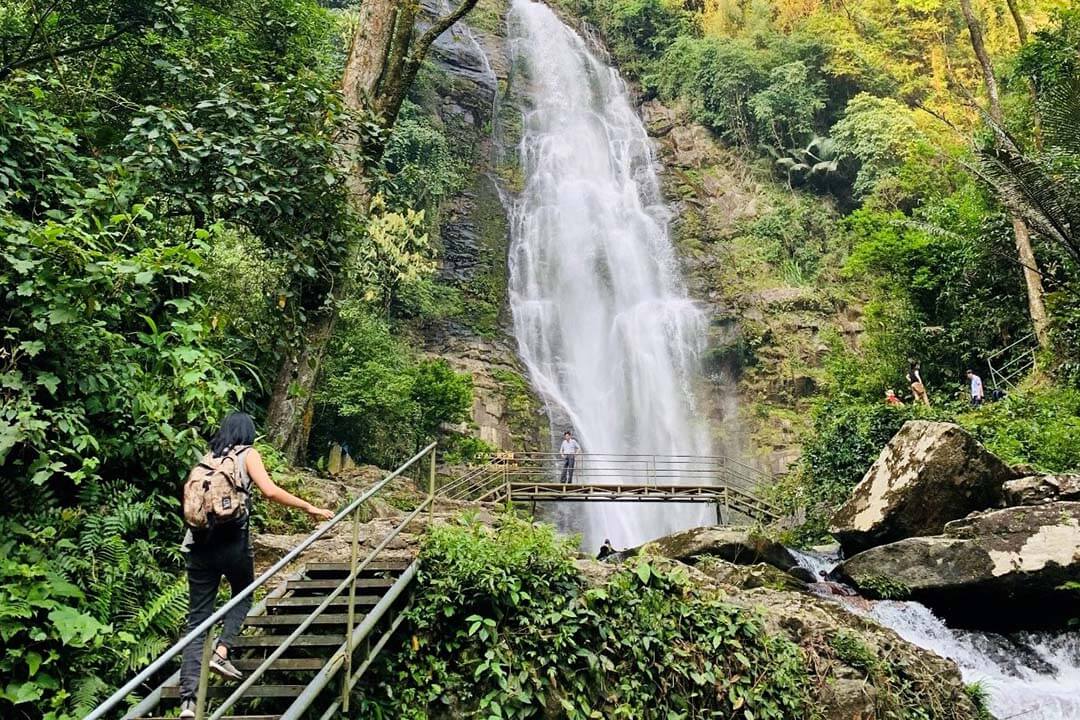
Being aware of the weather also allows you to pack appropriately for your trek. Depending on the forecast, you may need to bring rain gear, extra layers of clothing, or sun protection to ensure you’re prepared for whatever conditions you might encounter.
Inform relatives about schedule and expected location
Safety should always be a top priority when trekking, especially in remote areas where help may not be readily available. Before embarking on your trek, it’s essential to inform a trusted friend or family member about your schedule and expected location. Provide them with details such as the start and end dates of your trek, the route you’ll be taking, and the places you’ll be staying overnight.
In addition to keeping someone informed of your whereabouts, it’s also a good idea to have a contingency plan in case of emergencies. Share this plan with your contacts, including what steps they should take if they don’t hear from you by a certain time. This precaution ensures that someone will raise the alarm if you encounter difficulties and are unable to reach help on your own.
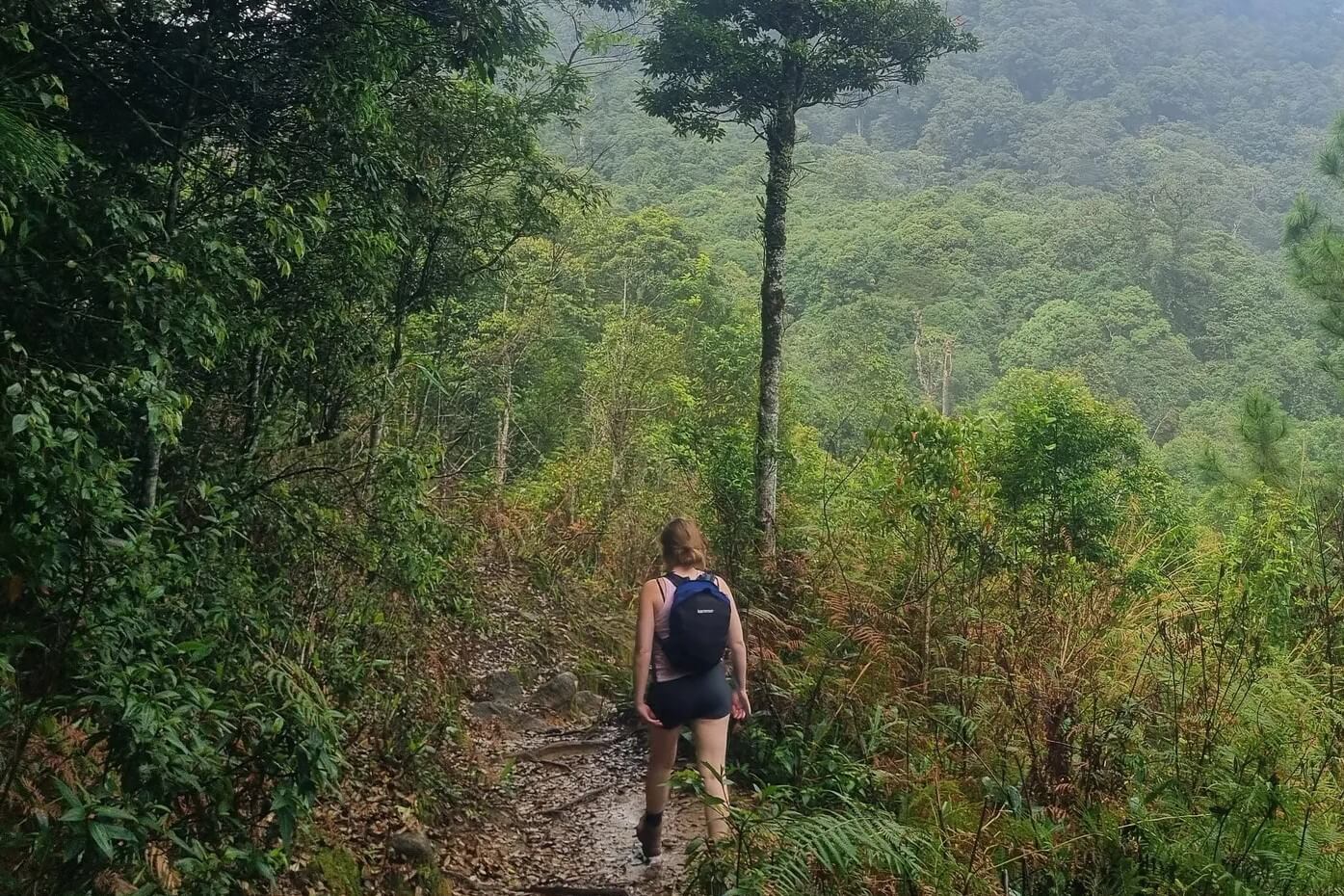
If possible, carry a mobile phone or a satellite communication device to stay in touch with your contacts during the trek. While mobile coverage may be limited in some remote areas, having a means of communication can be a lifesaver in case of emergencies.
Avoid exertion & pay attention to your companions
Trekking can be physically demanding, especially on steep or rugged terrain. It’s important to pace yourself and avoid overexertion, as pushing yourself too hard can lead to fatigue, dehydration, or injury. Listen to your body and take breaks as needed to rest and rehydrate. Remember that the goal of trekking is to enjoy the journey, not to rush to the destination.
In addition to taking care of yourself, be mindful of your companions’ well-being. Trekking is often a group activity, and looking out for each other is key to ensuring a safe and enjoyable experience. Pay attention to signs of exhaustion, dehydration, or altitude sickness in your companions, and be prepared to offer assistance if needed. Encouraging open communication within the group can help identify potential issues early and prevent accidents.
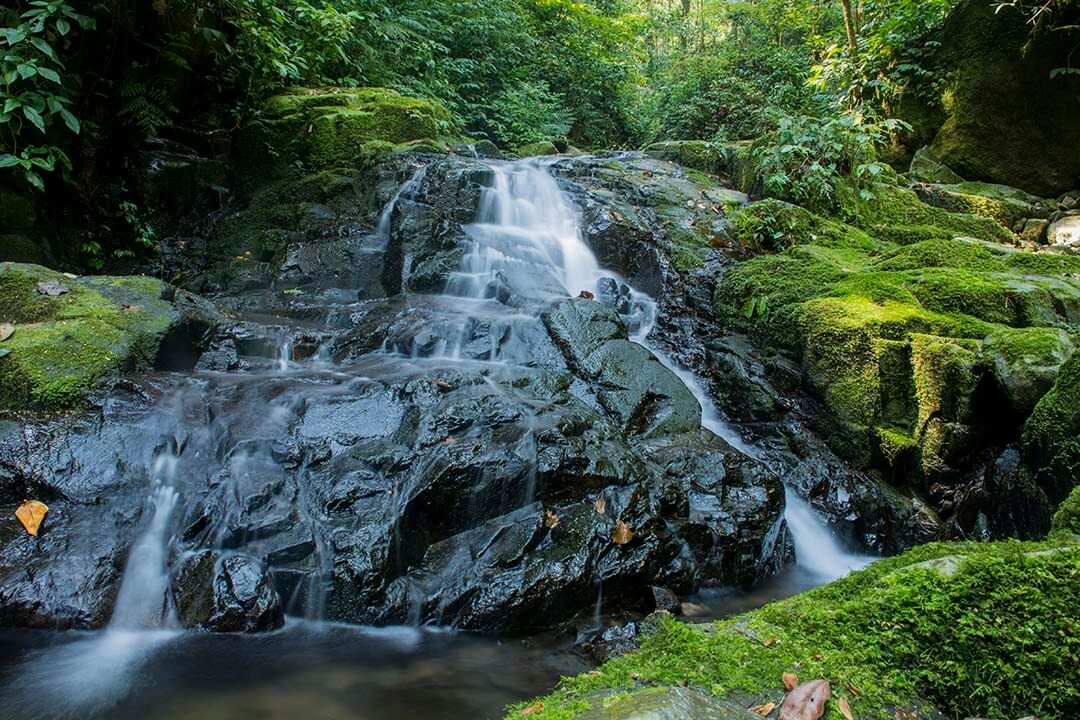
It’s also important to maintain a steady pace that accommodates everyone’s fitness level. Trekking as a group means that you should move together, ensuring that no one is left behind. By supporting each other and working as a team, you can overcome challenges and make the trek a memorable experience for all.
Don’t take fear of heights lightly
Fear of heights, or acrophobia, is a common concern for many trekkers, especially when navigating steep cliffs, narrow paths, or exposed ridgelines. If you have a fear of heights, it’s important to acknowledge it and take precautions to manage it during your trek. Avoiding situations that trigger your fear, such as standing too close to the edge of a cliff or looking down from high vantage points, can help you stay calm and focused.
If you’re trekking with a group, communicate your concerns to your companions so they can provide support and encouragement. In some cases, facing your fear of heights gradually, by taking small steps and challenging yourself in controlled environments, can help you build confidence and reduce anxiety.
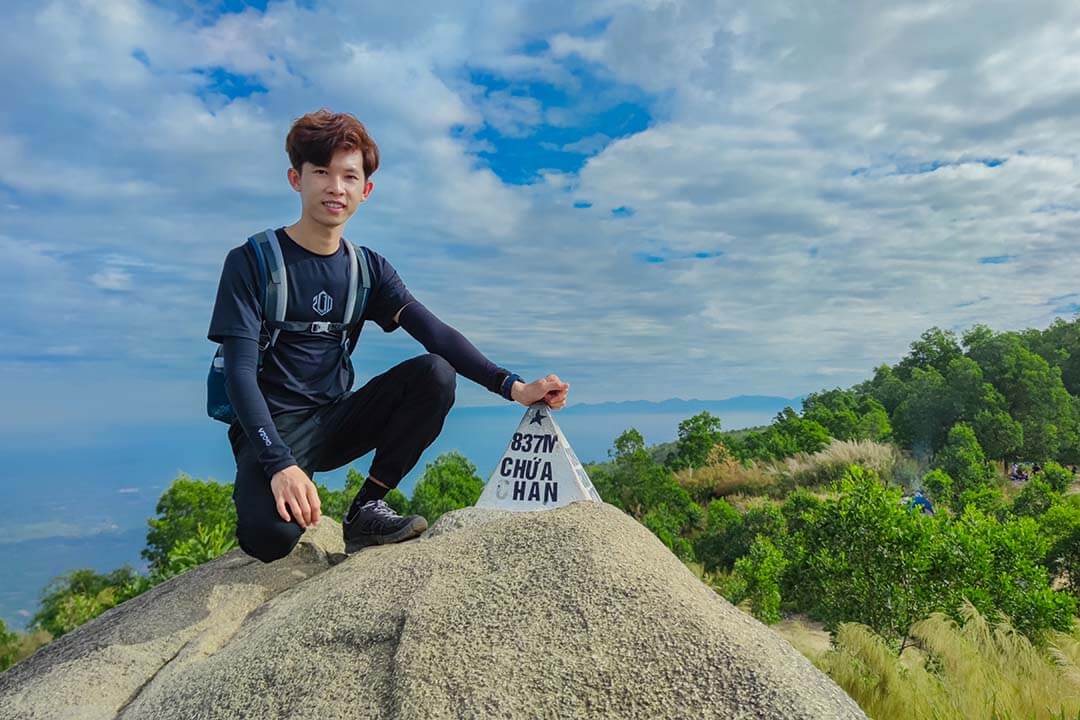
For those who experience severe acrophobia, it may be wise to choose trekking routes that are less exposed and have fewer steep sections. Vietnam offers a variety of trekking trails, from gentle hills to more challenging mountain climbs, so you can select a route that matches your comfort level.
Always stay focused and alert throughout the trip
Trekking requires constant attention to your surroundings, especially when navigating challenging terrain. Staying focused and alert throughout the trip is essential for avoiding accidents and ensuring your safety. One of the key ways to stay focused is to limit distractions, such as using your phone or listening to music while trekking. Instead, keep your attention on the trail, paying close attention to potential hazards like loose rocks, slippery surfaces, or uneven ground.
It’s also important to be aware of your surroundings and take note of landmarks or trail markers that can help you stay on course. In unfamiliar terrain, it’s easy to become disoriented, especially if the trail is poorly marked or if weather conditions change. Staying vigilant and regularly checking your map or GPS can help prevent getting lost.
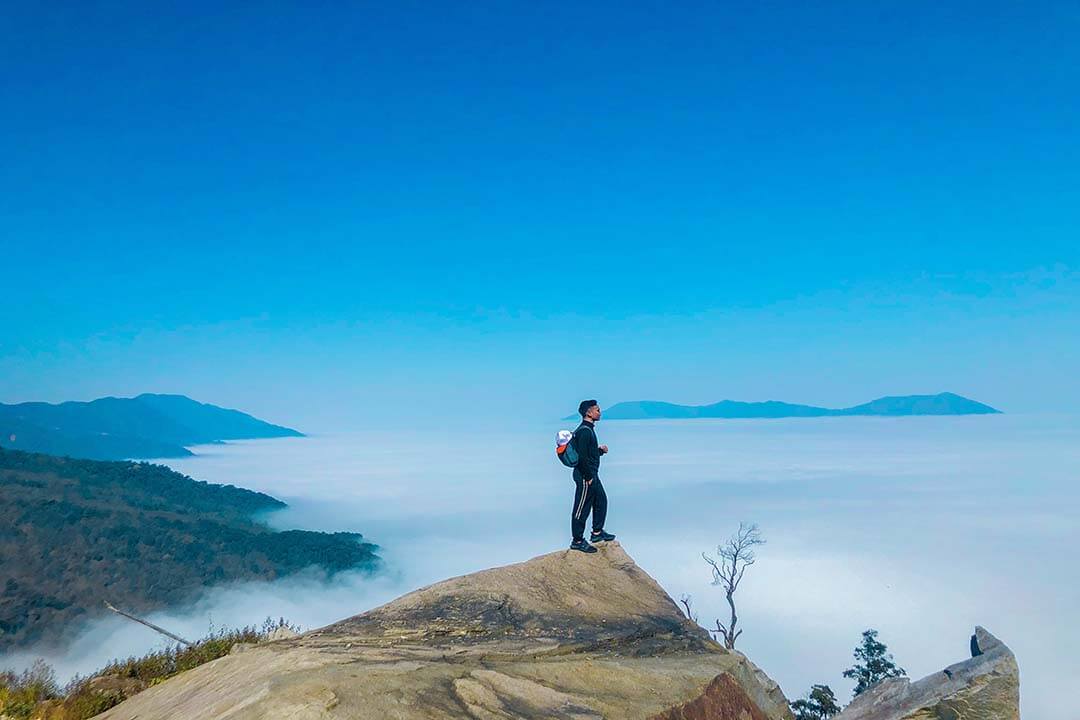
If you’re trekking in a group, maintain communication with your companions and stay within sight of each other. This ensures that you can quickly respond if someone needs assistance or if the group needs to make a decision about the route. By staying focused and alert, you can enjoy a safe and rewarding trekking experience.
Prepare adequate food and drinks
Proper nutrition and hydration are crucial for maintaining energy levels and staying healthy during a trek. When planning your trek, make sure to pack enough food and drinks to sustain you throughout the journey. High-energy snacks like nuts, dried fruit, energy bars, and trail mix are ideal for keeping your energy levels up between meals. It’s also a good idea to bring lightweight, non-perishable meals that can be easily prepared or eaten on the go.
Hydration is equally important, especially in hot or humid conditions. Carry enough water to last the duration of your trek, and consider using a hydration pack or water bottles that are easily accessible while walking. In some cases, you may need to carry a water filter or purification tablets if you’ll be sourcing water from streams or rivers along the way.
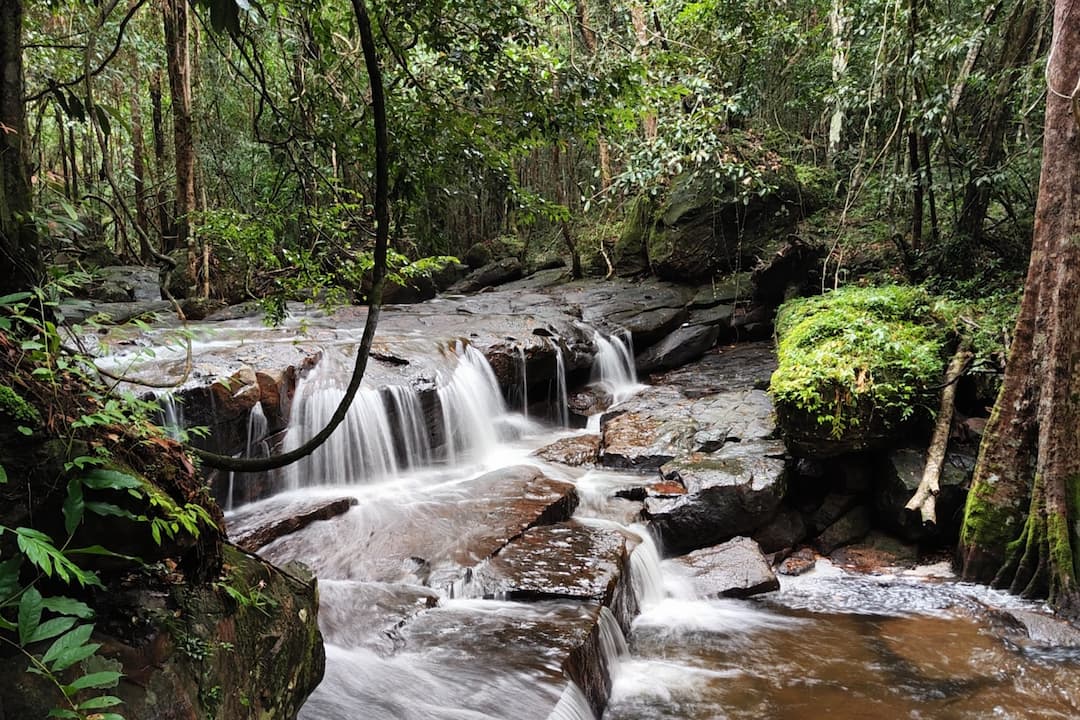
It’s important to plan your meals and snacks carefully, taking into account the length of your trek and the availability of food along the route. If you’re trekking in a remote area where food supplies are limited, you may need to carry all of your provisions with you. In such cases, consider packing lightweight, high-calorie foods that provide the necessary nutrients without adding too much weight to your backpack.
After trekking, enjoy famous Vietnamese dishes. Children should not during mountain climbing.
Preventing insects
Insects can be a nuisance and, in some cases, a health risk when trekking in Vietnam. Mosquitoes, ticks, and leeches are common in many areas, especially during the rainy season. To protect yourself from insect bites, it’s important to take preventive measures before and during your trek.
Applying insect repellent with DEET or another effective ingredient is one of the best ways to deter mosquitoes and other biting insects. Make sure to reapply the repellent regularly, especially if you’re sweating or exposed to water. Wearing long sleeves, long pants, and a hat can also help reduce the risk of bites, as it minimizes exposed skin.
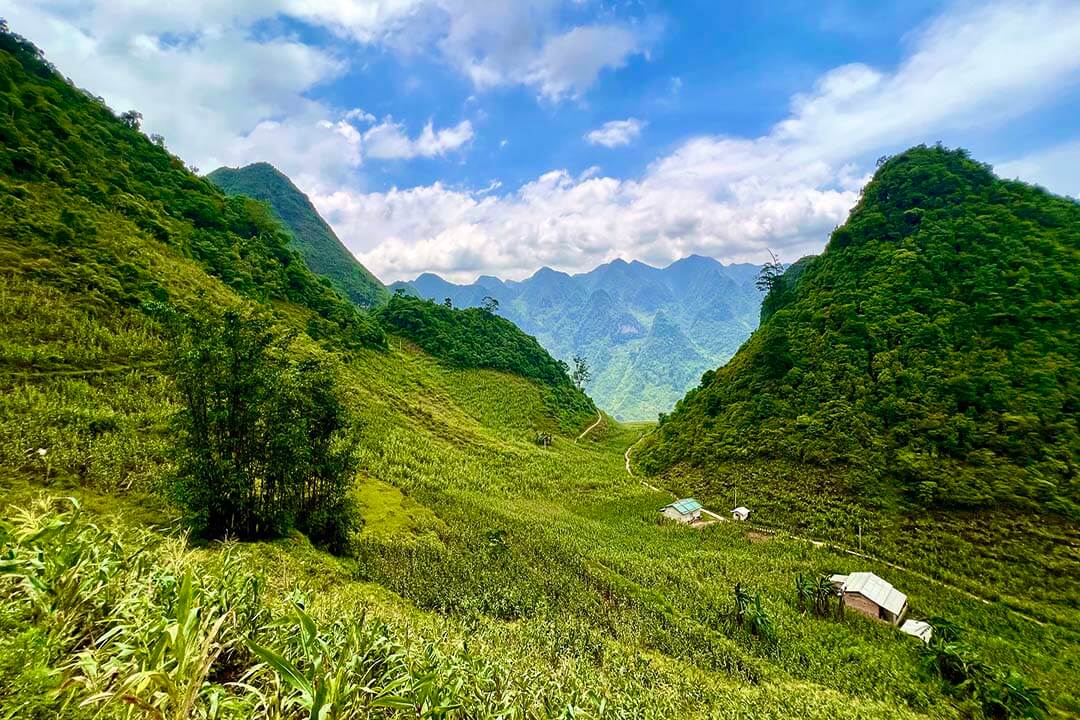
In addition to personal protection, consider using insect-repellent clothing or treating your gear with permethrin, a chemical that repels insects. If you’re camping overnight, using a mosquito net can provide an additional layer of protection while you sleep.
Be vigilant for signs of insect bites, and take prompt action if you notice any. For example, if you find a tick attached to your skin, remove it carefully with tweezers and clean the area with antiseptic. If you experience any symptoms of illness after being bitten, such as fever, rash, or muscle pain, seek medical attention immediately.
Wear appropriate climbing clothing and accessories
Wearing the right clothing and accessories is essential for a comfortable and safe trekking experience. The key to choosing the right attire is to consider the weather conditions, terrain, and duration of your trek. In Vietnam, where the climate can vary significantly depending on the region and season, it’s important to be prepared for a range of conditions.
Lightweight, moisture-wicking clothing is ideal for hot and humid conditions, as it helps keep you cool and dry. Layering is also important, especially if you’re trekking in mountainous areas where temperatures can fluctuate. A base layer that wicks moisture away from your skin, an insulating layer for warmth, and a waterproof outer layer to protect against rain and wind are essential components of a trekking wardrobe.
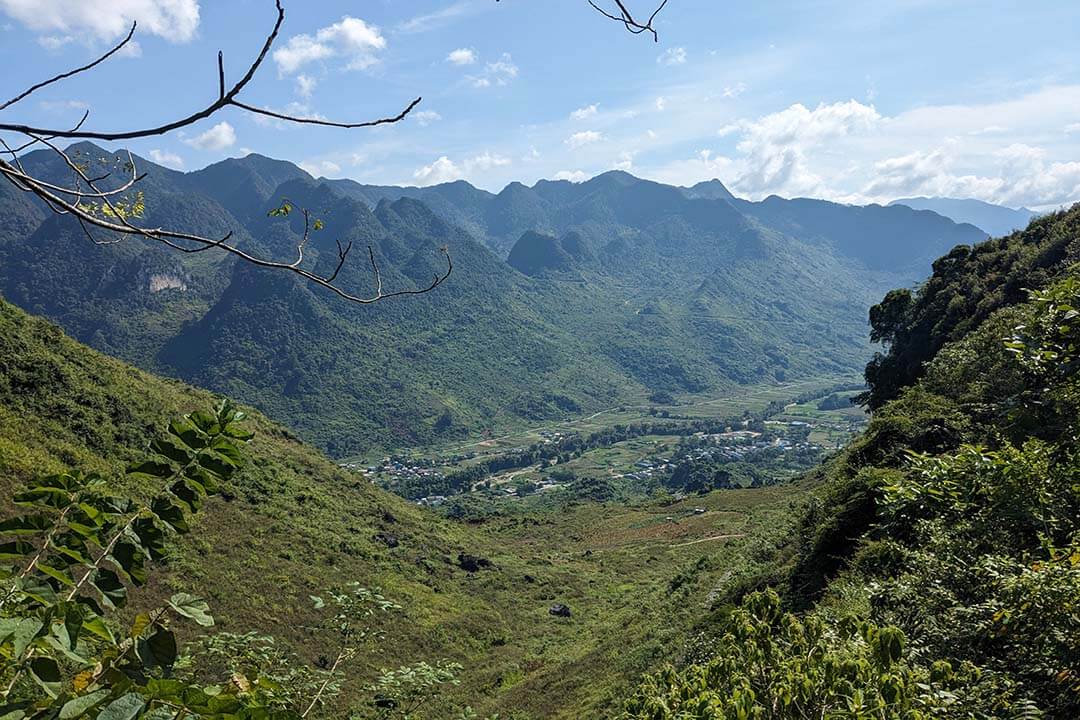
In addition to clothing, accessories like hats, sunglasses, and gloves can enhance your comfort and protection. A wide-brimmed hat or cap can shield you from the sun, while sunglasses protect your eyes from UV rays and glare. Gloves can provide warmth in cold conditions and protect your hands when using trekking poles or scrambling over rocks.
Don’t forget to bring a sturdy, well-fitting backpack to carry your essentials. Look for a pack with padded shoulder straps, a hip belt, and multiple compartments for organizing your gear. Make sure the backpack is the right size for your body and that it distributes weight evenly to prevent strain on your back and shoulders.
Wear specialized climbing shoes that are suitable for you
Footwear is one of the most important aspects of your trekking gear, as it directly affects your comfort and safety on the trail. Wearing specialized climbing shoes or trekking boots that are suitable for your foot type and the terrain you’ll be covering is essential for preventing blisters, slips, and other foot-related issues.
When choosing trekking footwear, consider factors like fit, support, and grip. Your shoes should fit snugly but not too tight, allowing enough room for your toes to move freely. Look for shoes with good arch support and cushioning to reduce fatigue and protect your feet from impact. If you’ll be trekking on rocky or uneven terrain, choose shoes with a rugged sole that provides excellent traction.
Breaking in your trekking shoes before your trip is crucial to avoid blisters and discomfort. Wear them on short hikes or around the house to ensure they conform to your feet and are comfortable for long periods. Additionally, wearing moisture-wicking socks can help keep your feet dry and prevent chafing.
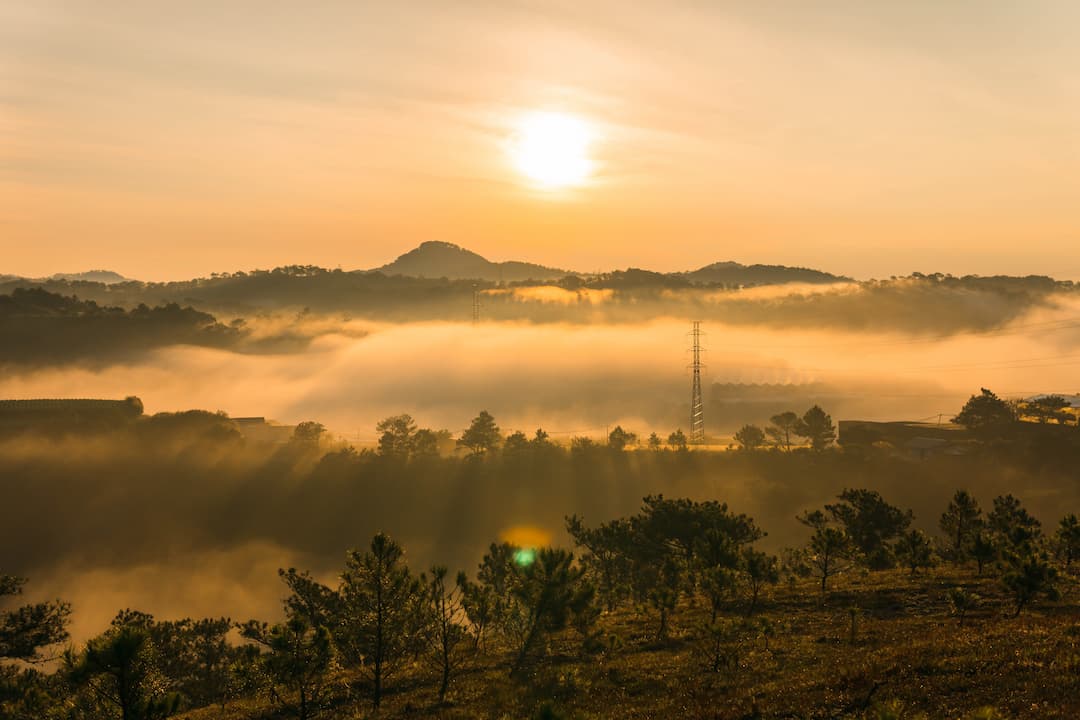
If you’re trekking in wet or muddy conditions, consider wearing gaiters to keep debris and moisture out of your shoes. Gaiters are especially useful when trekking through dense vegetation or crossing streams, as they provide an extra layer of protection for your feet and lower legs.
Bring an emergency first-aid kit
No trek is complete without an emergency first aid kit. Accidents can happen even on well-trodden paths, and having a well-stocked first aid kit can make a significant difference in how you respond to injuries or illnesses. Your first aid kit should include essentials like adhesive bandages, antiseptic wipes, gauze, adhesive tape, pain relievers, and any personal medications you may need.
In addition to basic first aid supplies, consider including items like blister pads, tweezers, scissors, and an emergency blanket. If you’re trekking in a remote area, a whistle, a multi-tool, and a flashlight with extra batteries are also valuable additions to your kit. These items can help you signal for help, perform basic repairs, or navigate in low light conditions.
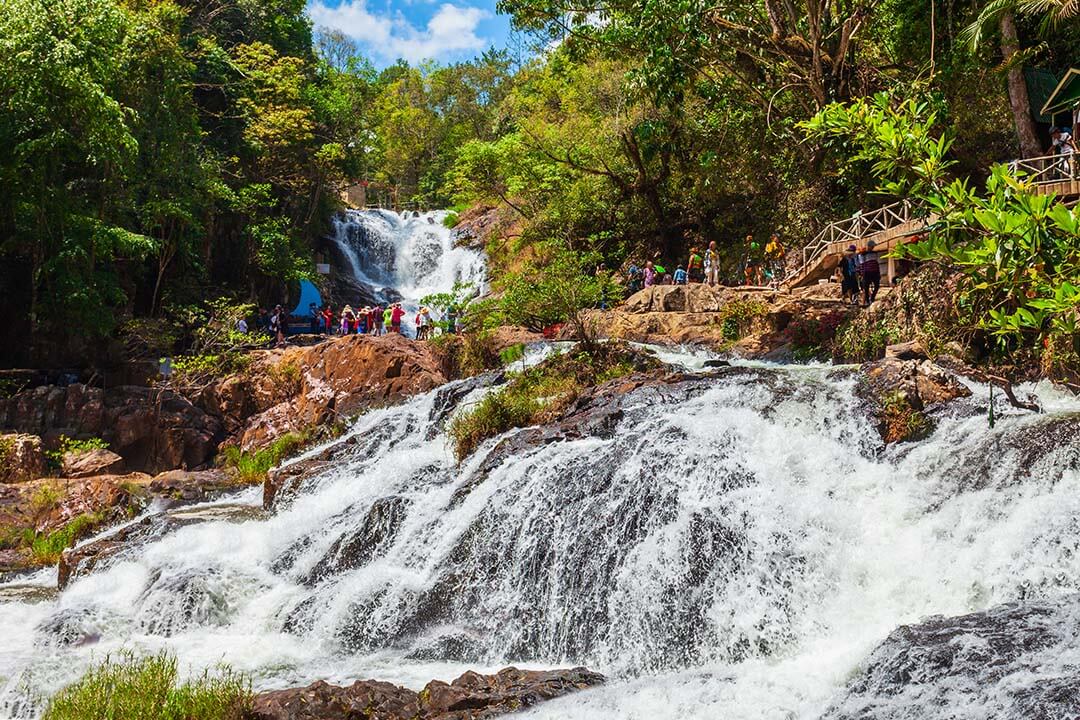
It’s important to familiarize yourself with the contents of your first aid kit and know how to use them. If you’re unsure about how to administer first aid, consider taking a basic first aid course before your trek. This knowledge can be invaluable in an emergency situation and can help you respond confidently to any incidents that may arise.
Do not litter indiscriminately
One of the core principles of responsible trekking is to leave no trace. This means minimizing your environmental impact by not littering and taking all your waste with you. Vietnam’s natural landscapes are beautiful and fragile, and it’s essential to preserve them for future generations of trekkers to enjoy.
Pack out all your trash, including food wrappers, water bottles, and other waste. If you’re camping, make sure to dispose of your waste properly by using designated trash bins or carrying it with you until you can dispose of it responsibly. Avoid leaving any food scraps behind, as they can attract wildlife and disrupt the local ecosystem.
In addition to packing out your trash, be mindful of your use of resources like water and firewood. Use water sparingly and avoid contaminating natural water sources by washing or bathing away from streams and rivers. If you’re using a campfire, make sure it’s allowed in the area, and always extinguish it completely before leaving.
By practicing responsible trekking, you can help protect Vietnam’s natural beauty and ensure that these stunning landscapes remain pristine for future generations.
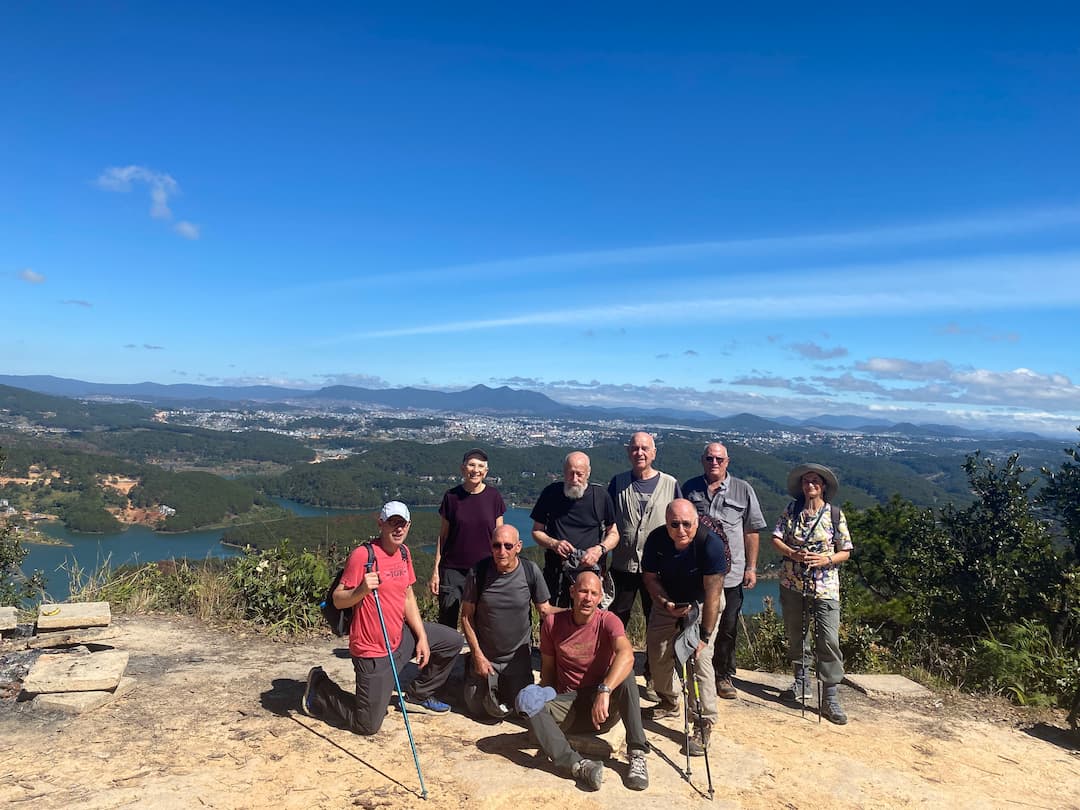
Conclusion about experience when trekking in Vietnam
Trekking in Vietnam is an experience that offers something for everyone, from the serene beauty of its natural landscapes to the cultural richness of its local communities. By following the tips and recommendations outlined in this article, you can ensure that your trekking adventure is both safe and enjoyable.
Whether you’re exploring the rugged peaks of Ba Den Mountain, the coastal trails of Nui Chua, or the misty heights of Langbiang, the best experiences when trekking in Vietnam await those who are prepared and eager to discover the wonders of this beautiful country. Remember to keep the keyword “Vietnam Travel Tips” in mind as you plan your journey, as it serves as a guiding principle for making the most of your time in Vietnam’s stunning outdoor destinations


